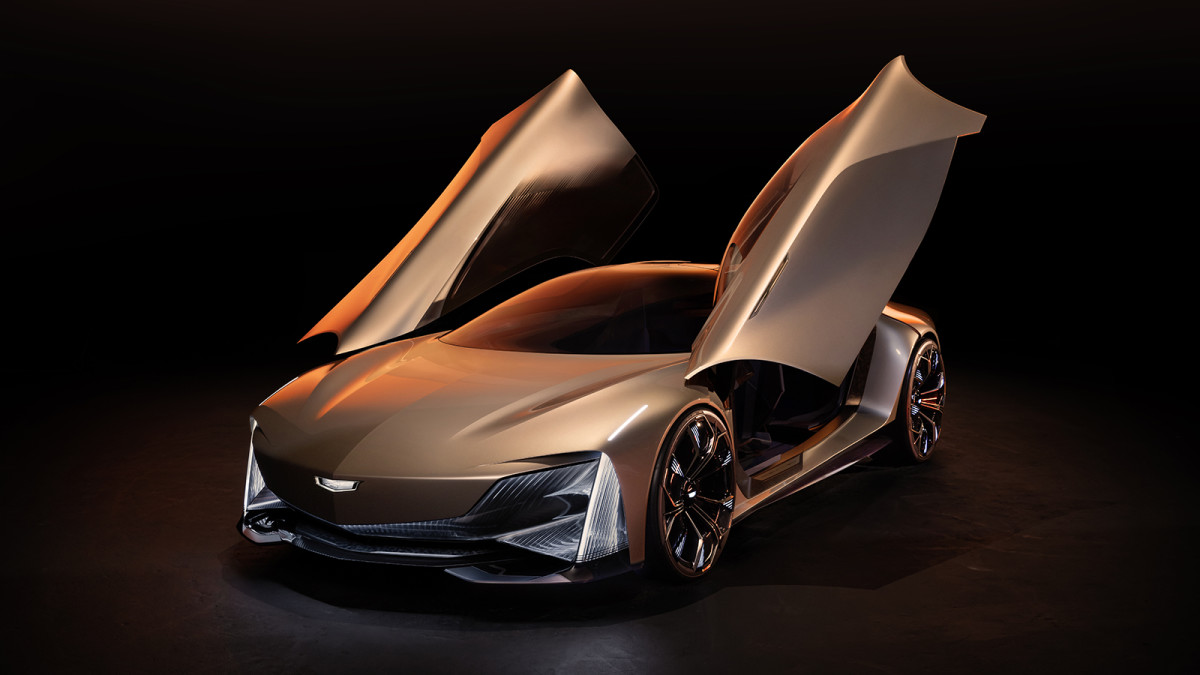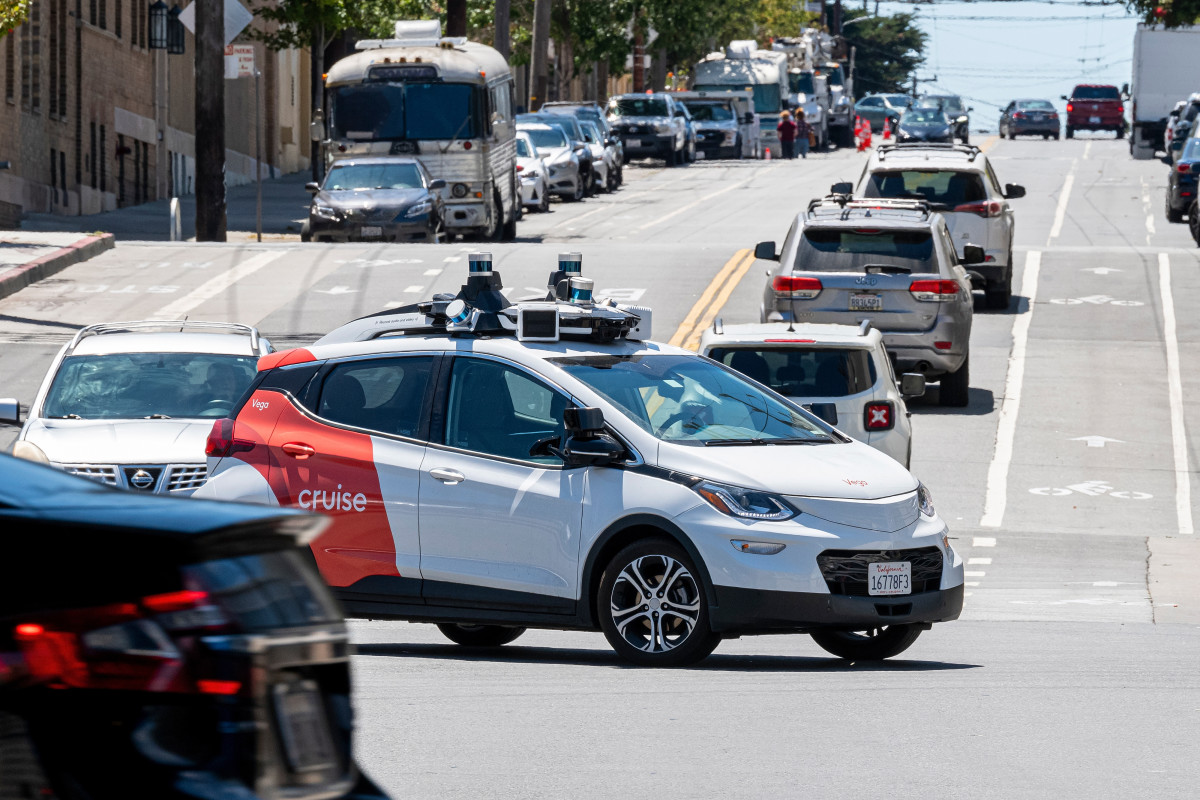Autonomous-Driving Hype Continues
General Motors hasn’t had the easiest time developing autonomous vehicles. It pulled the plug on the Cruise startup it acquired in 2016 after a number of mishaps involving Cruise’s Chevrolet Bolt EV test cars. But judging from comments by the automaker’s newly-appointed senior vice president of global design, the automaker is still expecting a self-driving future.
Earlier this month, Bryan Nesbitt replaced Michael Simcoe in the top GM design role, becoming only the eighth person to hold that position since the founding of GM’s design department (then known as the “Art and Colour” section) by Harley Earl in 1927. Earl built what was essentially the first corporate automaker design studio, and Nesbitt expects a similarly heavy lift to prepare for autonomous driving.

Foundational Change
“One of the biggest transitions in mobility is happening in this next window with autonomous driving,” Nesbitt, who was previously head of global Cadillac design, said in a GM press release. “As cars become fully self-driving, the art of science of vehicle design will change drastically. Car designers facing this future can’t just think about styling as fashion—they need to rethink the very foundations of how humans and machines interact.”
Nesbitt compared the anticipated transition to the early days of the automobile, when people would attach fake horse heads to the fronts of their cars “to enable the emotional transition.” Nesbitt didn’t go so far as to say that fake steering wheels might soon come into fashion, but believes “this next window is very significant, because this transition is going to influence our behaviors.”
“The kind discussions that we’re having now have necessarily become much more about the total experience,” Nesbitt said. “No matter how advanced technology may be, for us it’s about how artfully it can be integrated into your life.”

Getty Images
Technology Needs To Meet Expectations
Nesbitt didn’t offer any specifics about how GM design would accommodate the “total experience,” which is probably just as well, because the underlying technology driving this transition is still very much a work in progress.
Last December, GM said it would stop funding Cruise, ending eight years of backing what began as an independent startup before its acquisition by GM in 2016. GM envisioned a dedicated robotaxi called the Origin, but Cruise’s struggle to get its basic technology stack to work properly—a series of collisions and other incidents led to its California autonomous-testing permit being pulled in 2023—led GM to fold Cruise into the unit that develops its SuperCruise driver-assist tech. Ex-Cruise vehicles were reportedly back on the road earlier this month.
GM isn’t the only company having problems. Tesla’s much-hyped robotaxi launch in Austin, Texas, quickly triggered an investigation into alleged safety violations. Waymo has managed to avoid controversy, but it’s only been able to deploy self-driving cars in limited ride-sharing applications. Nesbitt may be talking about the future, but his comments also seem like a throwback to peak of self-driving hype from roughly a decade ago.